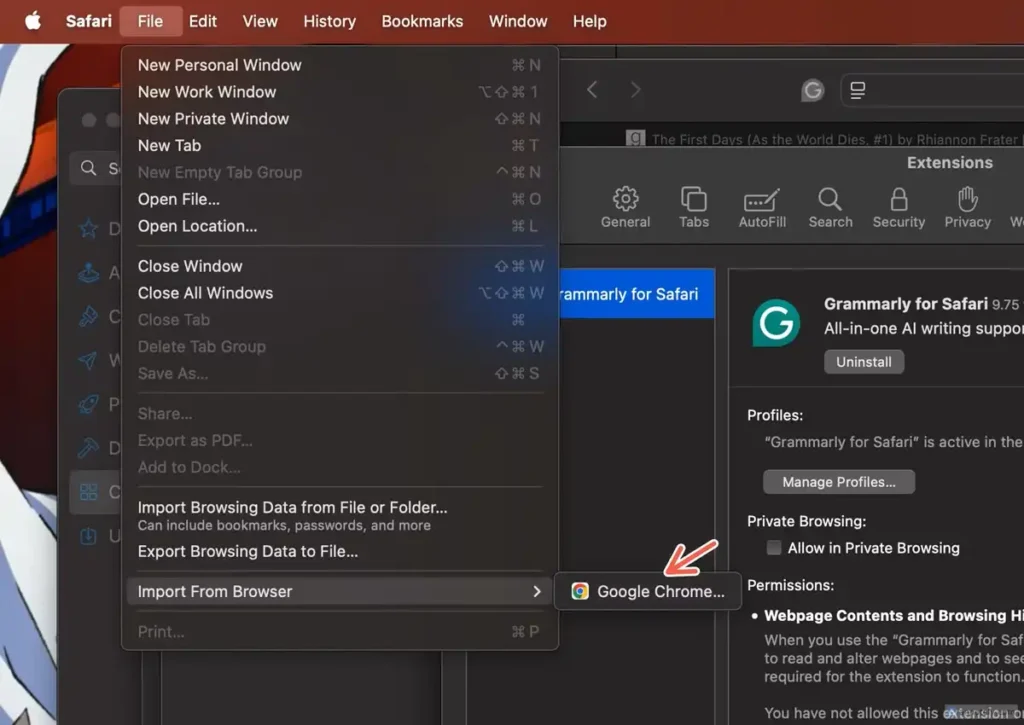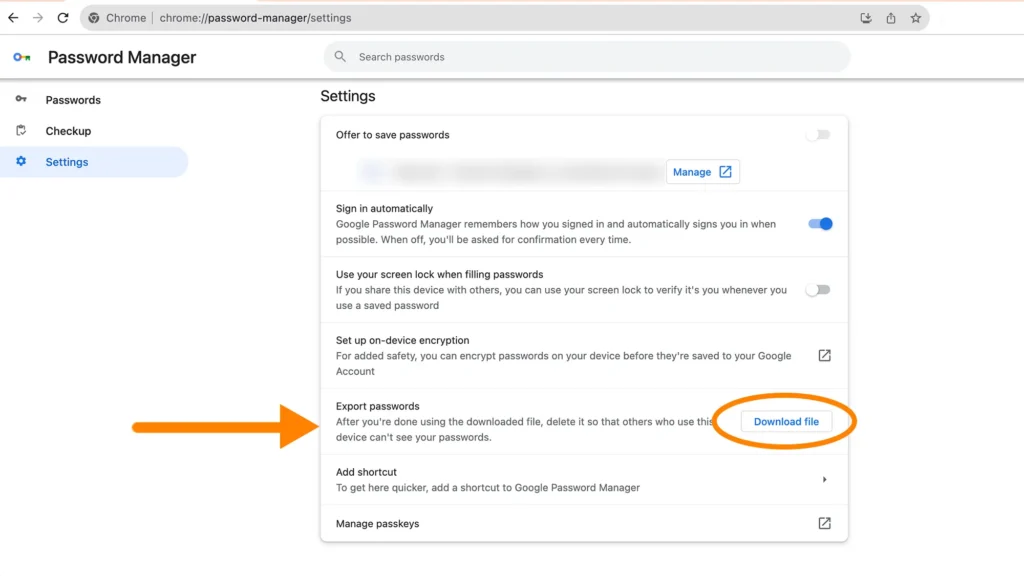Table of Contents
Making the switch from one web browser to another can sound daunting, but with the right steps, you can smoothly transition from Google Chrome to Safari without losing your essential data. Whether you’re moving from Windows to Mac or simply prefer Safari’s features, this guide will help you transfer your bookmarks, passwords, and browsing history effortlessly.
Introduction
Google Chrome is a popular browser known for its speed and extensive library of extensions, while Safari shines with its integration within the Apple ecosystem and features such as Intelligent Tracking Prevention. If you’ve decided to embark on the journey of browser migration, fret not! In this step-by-step tutorial, we’ll ensure that you carry over everything you need to enjoy a seamless browsing experience with Safari.
Preparation: Getting Ready for the Transition
Before starting the migration process, it’s important to make sure both your browsers are up to date. Follow these steps:
- Update Chrome: Open Chrome and click on the three dots in the upper right corner. Navigate to Help > About Google Chrome. This will automatically check for updates and install the latest version.
- Update Safari: If you’re on a Mac, check for Safari updates in the App Store. Windows users may need to download the latest version directly from Apple’s website.
With both browsers updated, let’s proceed with the essential data transfer. It’s wise to back up your data as a precaution!
Step-by-Step Process
Now that we’re prepared, let’s dive into the migration steps. We will focus on transferring bookmarks, importing passwords, and moving browsing history.
Step 1: Transfer Bookmarks from Chrome to Safari
Bookmarks play a crucial role in your browsing experience. Here’s how to transfer them:
- Open Google Chrome and click on the three dots in the upper-right corner.
- Select Bookmarks > Bookmark Manager.
- In the Bookmark Manager, click on the three dots to the right of the search bar. Select Export bookmarks.
- Save the exported file (usually named bookmarks.html) to a location you can easily find, like your Desktop.
- Now, open Safari.
- From the top menu, select File > Import From > Bookmarks HTML File….
- Locate the bookmarks.html file you saved and select it to import.

Step 2: Import Passwords from Chrome to Safari
Next, let’s ensure your saved passwords make the journey:
- In Chrome, navigate to the settings by clicking on the three dots in the upper right corner and selecting Settings.
- Select Autofill > Passwords.
- Your passwords are visible here; you can export them by selecting the three dots near the Saved Passwords section and clicking on Export passwords.
- Save the CSV file to your Desktop or preferred location.
- In Safari, go to Preferences by clicking Safari in the menu bar.
- Navigate to the Passwords tab, where you will see an option to import passwords. Since Safari does not support direct CSV imports, you will need to enter this data manually or use a third-party password manager that can sync with Safari.

Step 3: Transfer Browsing History
Moving your browsing history is slightly more complex as Safari does not offer a direct import for this data:
- Unfortunately, Chrome and Safari do not have a built-in option to export/import browsing history. However, you can use third-party tools to facilitate this process or manually bookmark sites.
- To locate your browsing history in Chrome, click the three dots and go to History. Review your history and bookmark any essential pages.
- In Safari, simply visit the marked URLs from the bookmarks for easy access to your browsing history.
Troubleshooting Common Challenges
Transitioning between browsers may come with its challenges. Here are some common issues you might encounter during browser migration and their solutions:
Issue 1: Missing Bookmarks or Passwords
If your bookmarks or passwords don’t appear in Safari, double-check that you exported them correctly from Chrome. Make sure the files are saved properly and try the import process again.
Issue 2: Manual Password Entry is Impractical
If manually entering passwords feels overwhelming, consider using a password manager. Tools like LastPass or 1Password can help you transfer and secure your passwords across browsers more effectively.
Issue 3: Difficulty in Locating Browsing History
If you want to ensure nothing is left behind, download a browser history viewer for Chrome to generate a full list of visited URLs. This will allow you to go back and bookmark essential sites in Safari.
Conclusion
Congratulations! You have successfully transitioned from Google Chrome to Safari, retaining your essential data along the way. Now that you’ve made the switch, take the time to explore Safari’s unique features, such as its Reader Mode, Privacy Reports, and excellent integration with Apple devices.
Remember, every browser comes with its strengths that can enhance your online experience. Embrace the change and happy browsing!
Explore More Safari-Specific Features!
You might find features like iCloud Tabs, Apple Pay integration, and the Privacy Report particularly useful once you start using Safari regularly. Don’t hesitate to dive deeper and personalize your Safari experience!
With this guide at your side, you are now equipped to handle a successful browser migration from Chrome to Safari without leaving crucial data behind. Enjoy your new browsing adventures!
Also Read:

